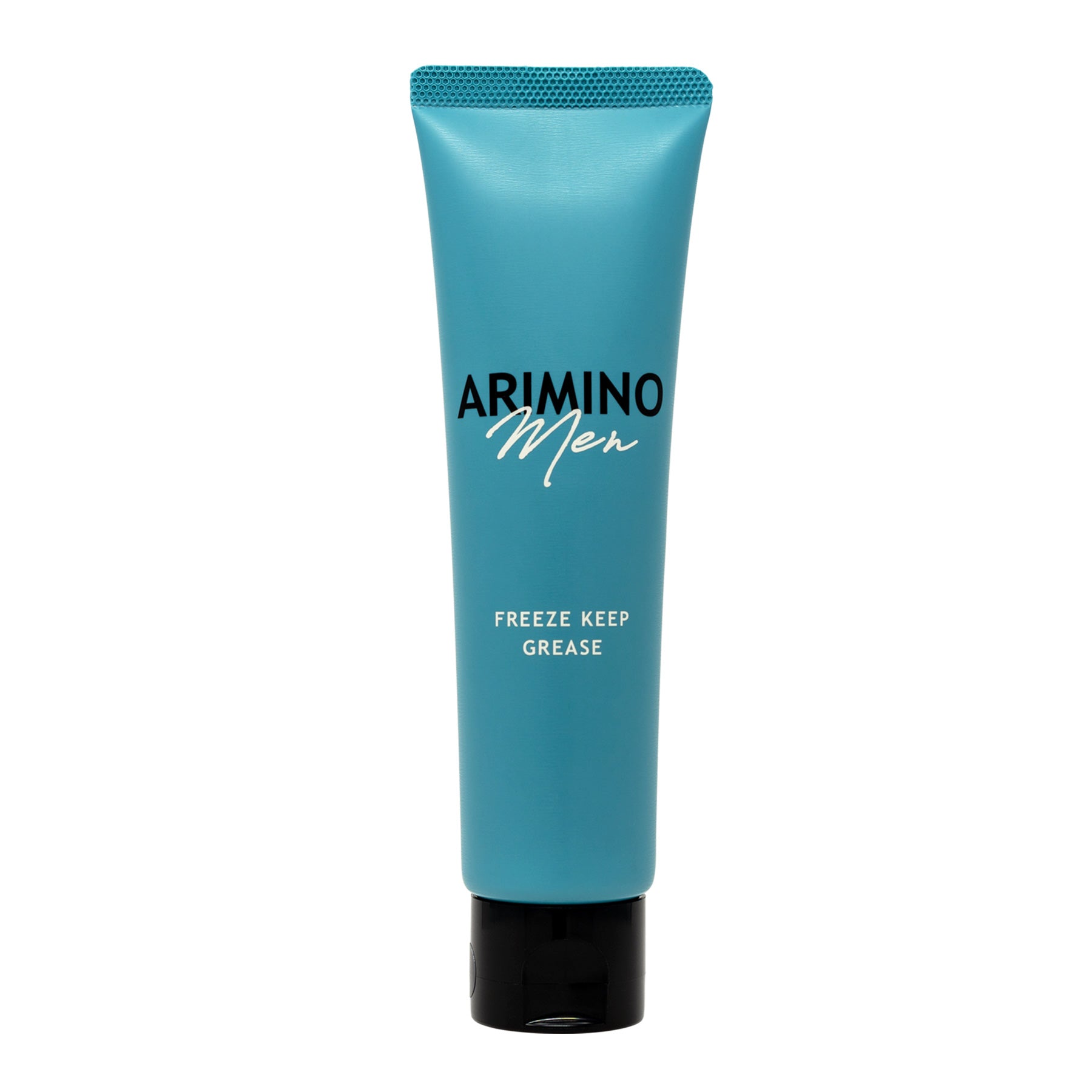Beautiful and seductive hair is the dream of every woman. Long, strong, and shiny are all the things that women wish to achieve with their hair. However, that might be a challenging thing that effected by many different factors. Everyday styling, lousy diet, lifestyle, or even hormonal changes can lead to various hair issues that prevent having beautiful hair. And not just that. Although the hair seems to take up almost everything, it is fragile and can easily be damaged. When it is damaged, the hair does not look good. It looks rather lifeless, dull, and it will not style easily.
So, instead of chopping off your damaged hair, which is not a pretty convenient solution, different ways can help and treat the damaged hair. Deldur has a broad palette of hair products that will help you care for your hair in the best possible. Also, this quick guide with the best hair products will bring you everything about damaged hair. It can help you detect the damage to your hair, its types, and how to care for and repair it properly.
What is hair damage?
Hair damage is a term that usually refers to the damage of the hair that happens on the outer layer of the hair or the hair cuticle. When damaged, the hair cuticle opens and makes the hair shaft prone to even more damage. When the hair is damaged, it can look and feel frizzy, dry, tangled, brittle, unmanageable, rough, etc.
Let's get deeper into the types of hair damage.
Dry and Dull Hair
Dry and dull hair is damaged hair that lacks natural oils on the outer layer of the hair. That is what makes the hair lose its shine. One thing that can lead to the hair looking like this is washing it with shampoos that contain harsh chemicals. These chemicals can strip the natural oils from the scalp and the hair. A good starting point to prevent such further damage is to wash the hair less often and to use shampoos that are suitable precisely for the right hair type.
Tangles
When the hair is damaged, it is prone to tangles. That is because the raised cuticles create friction between the hair strands and cause them to get intertwined. The situation can become worse with the lack of moisture. When the hair is all in tangles, it is best to brush it with a wide-toothed comb. Start at the bottom and go up. Products like detangling, sprays, oils, conditioners, and masks will help with the problem.

Frizz
Frizz happens when the cuticle does not lay flat. It can appear on the surface, crown, top of the hair, or at the ends. Most commonly, frizz happens and is more accentuated during the wintertime. Also, the humidity and the damaged hair itself can cause frizz to happen. It is an uncomfortable situation, but some serums help in taming the frizz.
A great product to help you with the frizz is Armino Peace Freeze Keep Spray.
Brittleness and Breakage
Split ends are one of the most common looks of damaged hair. They happen when the hair strands split into two. That means that the hair is also prone to breakage. Hair products such as hair dusting, serums, and conditioners are highly effective in fixing and preventing split ends from happening. Try the Wellness Premium Intensive Gold Serum.

What causes hair damage?
Heat damage, chemical damage, and physical damage are the most common and frequent issues. These types of hair damage and many more occur frequently and regularly, depending on the hair type and lifestyle you lead. But overall, three types of hair damage cause all of the things mentioned earlier. Each of them needs to describe and detected to treat and solve the problem in the best possible way and get the results you want.
Heat Damage
One of the most common and usual ways of hair damage is heat damage. As the name suggests, the hair damage of the hair comes when the hair experiences excessive heat, which damages it. Hairstyling is the first thing that makes the hair damaged. Any form of heat damages the hair, and the styling hair heat tools damage the hair excessively. Blow drying, flat ironing, curling are all processes in hair styling that dry and damage the hair. They work in high temperatures and damage the hair. That is why even the sun and too much heat exposure during the summer can damage the hair. The hair will experience burns that are impossible to rescue and revive.
Repairing heat damage is quite a complex and challenging thing. As mentioned above, excessive hair burns are impossible to save. If some part of the hair feels extra-dry and feels like cardboard in your hand, then it is burned to the point of no return. However, the other parts of the hair can be saved and repaired.
The first thing you need to start doing to your dry and heat-damaged hair is to reduce the application of heat. That means, limit the use of the styling appliances to a minimum. Additionally, stay away from the critical areas that are highly damaged. You do not want to apply any more heat and make it a complete burn. Next comes the regular and proper hair routine for damaged hair. That means incorporating deep conditioning instead of a standard conditioner that will boost and nourish the hair. When the hair is heat damaged, regular trimming is essential to prevent a further spread of the burned hair. It would be best if you started trimming the damaged hair every six weeks until it grows out. Not only is that healthier for the hair, but it also looks more beautiful and natural.

Pro Tip
The regular hair routine requires heat styling, especially if you are going to work and look neat and proper. As you will try to avoid heat styling tools as much as possible, be sure to use heat protectant products. Usually, these products come in the form of spray or cream, and they should be applied every time before styling.
You will instantly see excellent results with regular use of Milbon Repair Heat Protective Mist.
Chemical Damage

Chemical damage happens when different types of chemicals apply to the hair. That can be due to using permanent hair color or other hair treatments that contain chemicals. The damage here happens when they finish incorrectly. These processes include doing highlights, permanent hair color, perms, etc. If not done correctly and adequately, all of these can damage the hair that will be hard to repair. Before doing any chemical hair process, it is essential to consider and include the condition of the pre-hair treatment. The hair should be elastic and adequately hydrated, which will make it ready for a chemical process. When doing it in the right way, the entire chemical process will not damage the hair. With a chemical process, the hair might feel a bit differently. For example, it may act out to humidity.
Chemical damage is harsh to the hair. It will be almost impossible to repair it for highly damaged hair if it comes to the level. However, some of the chemically damaged hair can improve in several ways. First of all, comes the use of a sulfate-free shampoo. This type of shampoo is potent in cleansing the hair and the scalp. It removes everything left on the hair and the scalp that the regular shampoo can not do. That is a great way to restore the liveliness and the elasticity of the hair.
The next thing to consider is not to have frequent hair appointments. The chemical processes are damaging for the hair, so they shouldn't be done frequently. For example, if you are doing highlights, the suggested time in between appointments is six months.
Reducing the heat exposure also applies to chemically damaged hair. The hair exposes to high and robust effects with the chemical treatment. The additional heat will only lead to more damage. Try to use heated styling tools as minor as possible as it will help prevent split ends as well.
Pro Tip
When the hair is exposed and subjected to chemical treatments and processes, and can become highly dehydrated, dull, dry, and lifeless. It can almost resemble a look of a broom, so o say. That is why at-home hair care is very important for repairing any damage made from the chemical treatments and preventing more. That can efficiently get done by incorporating a deep conditioning hair routine into the weekly hair care at-home therapies.
Physical Damage
Physical hair damage is a type of damage that happens when the outer cuticle of the layer of the hair is compromised. This damage can occur from the friction coming from wrong styling hair tools, sleeping on harsh fabrics, and brushing the hair roughly. All of that contributes to small rips and tears that can happen to the hair. When the hair splits, that split can continue to go upwards. That's why regular trimming prevents further damage to the hair from split ends. With the physical hair damage, the hair looks dull and dry.
Preventing hair damage is possible by incorporating specific steps in the regular hair routine and hair maintenance. For example, start using soft elastic hair bands for braiding the hair or tying up in a pony or a bun. The rubber bands are not suitable for the hair, as they can cause more frequent breakage. Another way to prevent physical hair damage is to start using hair oils. These oils should become part of a night hair routine. Apply the oils to the hair as a deep conditioning overnight treatment. That will make the hair feel softer and shinier. Also, trimming the hair every 6-8 weeks is a great way to prevent further hair damage. That is the best way to eliminate physical hair damage.
Pro Tip
Always follow the regular washing hair routine by using a leave-in conditioner. When applying the leave-in-conditioner, always use a brush and comb the hair, which will detangle the hair.
The Moroccanoil Moisture Repair Conditioner will highly nourish and hydrate your hair.
How to control and prevent hair damage?
Preventing and controlling hair damage starts from having a regular and good at-home hair practice. These valuable tips will help you set a routine and keep your hair in the best possible condition:
- Don't rub shampoo on hair strands. Gently massage in on the scalp and let it run through the rest of the hair;
- Don't use too much shampoo to create foam because it leads to dryness of the hair;
- After washing, wrap the hair in a soft cotton T-shirt that will absorb the water. Let it air dry, if possible;
- Don't brush and comb the hair when it is wet. Wet hair is more prone to damage and breakage;
- When going to bed, never wrap the hair in a tight pony or bun;
- Try and limit the heat hair styling. Also, dyeing and bleaching should be done with a specific time apart between appointments.

With the right and proper use of suitable shampoos and conditioners, you will get your hair in control and achieve great results. Take a look at the Deldur wide offer of hair products and find the ones that will best suit your needs.
Products to try for damaged hair:
- Shampoo: Plarmia Clear Spa Foam
- Conditioner: Arimino Sherpa Design Supple Treatment D-3
- Treatment: The Trust TS Treatment
- Hair Oil: Arimino Caretrico After-Treatment Oil
- Styling: Moroccanoil Hydrating Styling Cream






